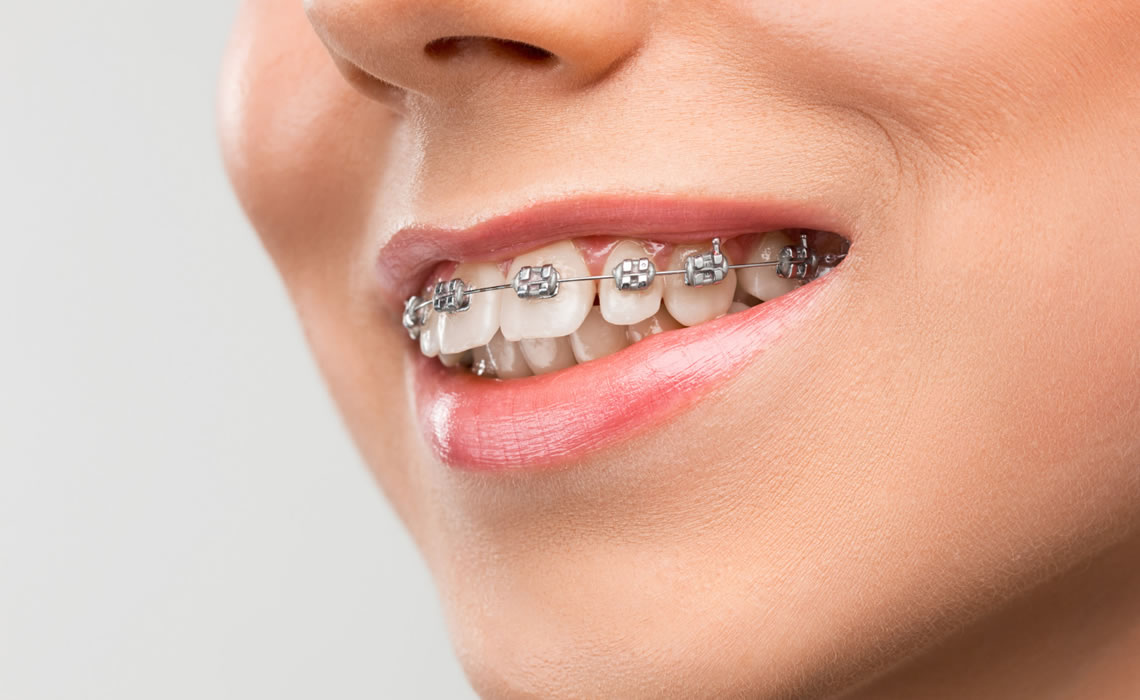
Orthodontic treatment with braces is an effective method used to improve the alignment of teeth, jaw relationships, and overall oral health. This treatment aims to correct issues such as irregular alignment, misalignment, and jaw problems. In this article, you will find detailed information about the advantages of orthodontic treatment with braces, different types, and the application process.
What is Orthodontic Treatment with Braces?
Orthodontic treatment with braces is an orthodontic method used to correct the alignment of teeth and provide solutions to various oral health issues. This treatment involves the use of brackets, wires, and other orthodontic appliances to ensure that teeth are properly aligned.
Advantages of Orthodontic Treatment with Braces
- Aesthetic Correction: Orthodontic treatment with braces allows individuals with aesthetic concerns to correct their teeth and achieve a beautiful smile.
- Correction of Jaw Problems: Braces are an effective method for correcting jaw relationships, improving chewing functions, and enhancing overall oral health.
- Preservation of Dental Health: Properly aligned teeth reduce the risk of gum diseases and cavities, contributing to long-term oral health.
- Improvement of Speech and Eating Functions: Orthodontic treatment with braces has positive effects on correcting speech and eating functions.
Types of Orthodontic Treatment with Braces
- Traditional Metal Brackets: Stainless steel brackets, used in conjunction with wires, represent a conventional method for orthodontic treatment.
- Clear Brackets: Clear brackets provide a less visible option for individuals with aesthetic concerns.
- Ceramic Brackets: Ceramic brackets offer a more aesthetic appearance as they are closer in color to the teeth.
- Lingual Brackets: Lingual brackets minimize visibility by placing the braces on the tongue side of the teeth.
- Invisalign: This method uses transparent trays to achieve correction without a visible dental brace.
Application Process of Orthodontic Treatment with Braces
- Examination and Planning: A dentist evaluates the patient’s oral health and develops a treatment plan.
- Placement of Brackets: Selected brackets are attached to the surface of the teeth and connected with wires.
- Regular Check-ups: Regular check-ups are conducted throughout the treatment process to adjust wires and assess progress.
- Post-Treatment Retention: After completing the treatment, retention devices are used to maintain the achieved correction.
Conclusion
Orthodontic treatment with braces is an effective method used across a broad spectrum of individuals, addressing aesthetic concerns and those seeking to correct jaw relationships. The chosen treatment method is determined based on individual needs and preferences. Consulting with a dentist for detailed information and suitable treatment options is crucial for those considering orthodontic treatment with braces.



















